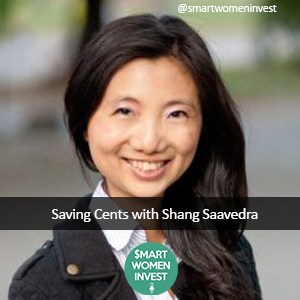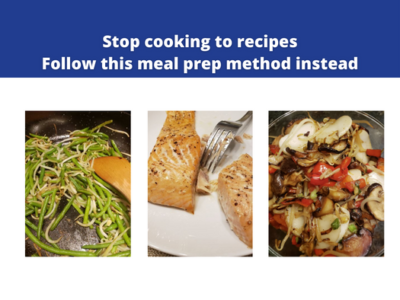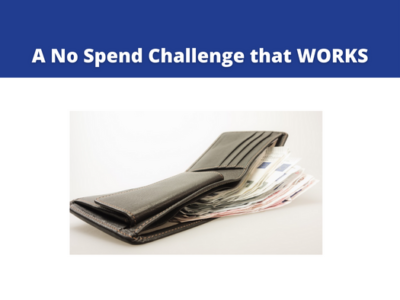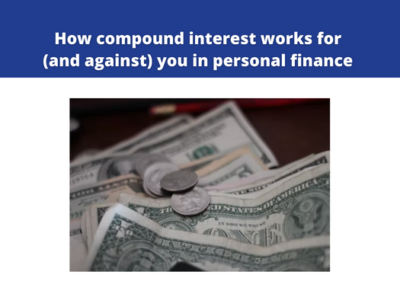Part of a multi-part series:
Introduction
Product
Price
Promotion
Place
Price is a loaded word. After all, how much YOU value something, is the price at which you pay for something. For most companies, price is about profitability. How much can they charge for something so that you think you can still buy it, while the company profits?
Pricing strategy for retailers is often controlled across their entire “portfolio”. They might not make a lot of money from all their items, but some products make more money than others. For example, for an airline, most economy tickets barely cover the cost of the fuel is burned when the place is flying. It is the first and business class customers that allow an airline to be just the tiny bit profitable. The key for retailers is for most people to buy enough things that generate profit. You, however, can be the exception. You can be the person that only buys things that are low price.
When it comes to clothing, all you really need to know is that over time – a piece of clothing has to come down in price, until the retailer can sell it and get it out of their stores.
A retailer’s promotional calendar
Full price – never purchase something full price. Most retailers don’t even expect you to buy something full price unless it is truly limited.
Discounted / promotional – Over time, retailers will typically start discounting it by 15 – 40% (depends on the retailer) on select items to draw you into the store. If you are in a good financial situation, this is probably where you are buying and you can tell people you got something “on sale”. In truth, this is not even that great a sale
End of season / clearance – This is usually when stores are trying to clear inventory and this is the lowest you’d see the product in that store. This is a good time to buy. This is why I shop the day of Christmas, and right AFTER holidays for seasonal products. If you stick with a brand or store for a long time, you can usually get a sense of when their big sales happen. Clearance is usually 50-60% off full price.
Off-price / outlet – at some time, products start being moved to off-price stores (TJMaxx, Marshalls, Nordstrom Rack, Saks Off Fifth, Burlington Coat Factory, etc.). Usually, off-price / outlet stores carry products that are usually 3 – 6 months behind full price stores, but they also supplement with in-season products to keep you coming in. In general, I start shopping first at off-price stores. Outlet stores are also on a calendar. Once products start not selling, they will also offering discounts. Usually here you can get items that are 50 – 75% off retail.
Used / thrift / consignment – This is where you get true savings. A lot of clothing – even made today – can last a long time, and people with big closets don’t wear them a lot. Most of my clothing is from consignment / used, this is where I find 75 – 90% off full retail savings. Once you wear something it is used! No one can tell if you bought it from Nordstrom or from your neighbor.
Other general tips and tricks to make sure that time is on your side
Don’t buy in-season. Prices are highest towards the beginning of a season.
Loss aversion. It is a psychological fact that once you have something, it is harder to take that away from you. This is why sales associates push a shopping bag into your hands, and why they’re always trying to get you into a fitting room. The more you hold on to something and touch it and wear it, the more likely you would keep it. For this, I recommend a 7 day cooling period on all spontaneous nice-to-have purchases. If this wasn’t to meet a basic need, you can live without it for 7 days. Afterwards, you are in a better place to make a level-headed decision.
Buy when there is a lot of competition. When more than one person manufactures / sells something, then sellers have to keep a competitive price in order for you to buy that item. This is also why, when a new trend comes on market, I wait until several retailers start making the same style.
Buy in-store. E-Commerce is often less profitable, so, brandskeep their best discounts for stores, hoping that when you visit the store, you would buy more in-store. Be focused on one item, so you are not tempted to buy other things
Buy from a store that specializes in what you want to buy. I have had those moments where I’m stranded somewhere on a vacation and had to buy a rain jacket from a department store. The same rain jacket would have been cheaper at a big box store in the U.S.
For unique items, buy closer to the source, as shipping costs are factored in the cost.
Avoid high-end stores / high-end districts (I’ll talk about this in “Place” as well). The same chain can place different products in their stores based on neighborhood characteristics. For example, in NYC there is an Express in Times Square and an Express in a slightly rundown building near Herald Square. The Times Square location is a flagship that does not often have sale items.
Avoid anchoring yourself to a number. For shock factor, Victoria’s Secret had lots of lingerie right after their fashion show that retailed between $100 – $300. It suddenly makes a $50 – 60 bra seem affordable – great way to start off the holiday season right! Or take the Apple iPhone now reaching $1,000. Do you remember a time when phones cost less than $100? We have all been conditioned to believe our phones have to cost hundreds of dollars now. They don’t have to! If you go to a high priced store, even basic items will be high priced.
Play high-low. I spend a bit more on my outerwear and bags because that’s what people see. My underwear, lounge wear, inner shirts, socks? I try to get for cheap, I even let some of them have holes. This is because no one sees them!
Know mark-ups for categories. For example, jeans and jewelry are areas where the markups are pretty insane




